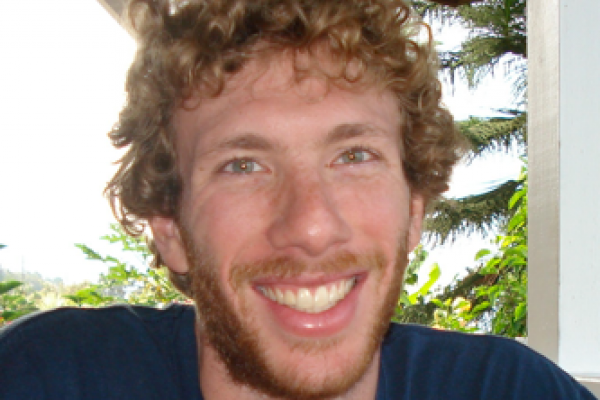
Title: Bootstrap percolation on the Cartesian product of a lattice with a Hamming square
Speaker: David Sivakoff (Ohio State University)
Abstract: Spread of signals on graphs with community structure has attracted interest in the mathematical literature recently. The idea is that any single community is densely connected, while the connections between communities are much more sparse. This naturally leads to multiscale phenomena, as the spread of the signal within a community is much faster then between different communities. The focus of this talk will be on the graph $\mathbb{Z}^2 \times K_n^2$, the Cartesian product of the two-dimensional lattice with two copies of the complete graph. Thus, each “community” consists of individuals determined by two characteristics, and two individuals within a community only communicate if they have one of the characteristics in common. Between communities, communication is between like individuals that are also neighbors in the lattice. For comparison, we also address the case where each community is a clique, that is, the graph $\mathbb{Z}^2 \times K_n$.
We model the spread of signals using the bootstrap percolation dynamics with integer threshold $r>1$. In this simple, deterministic process, one starts with an initial configuration of empty and occupied vertices of the graph. At each step, occupied vertices remain occupied, and empty vertices become occupied if they have at least r occupied neighbors. For an initial density p of occupied vertices, we are interested in the density of eventually occupied vertices. We identify distinct behavior for odd and even values of the threshold parameter, r, and for the clique community graph. Our analyses rely on couplings with a class of dynamical systems on $\mathbb{Z}^2$ that we call heterogeneous bootstrap percolation, which is of independent interest. Based on joint work with Janko Gravner.
Seminar URL: https://u.osu.edu/probability/
